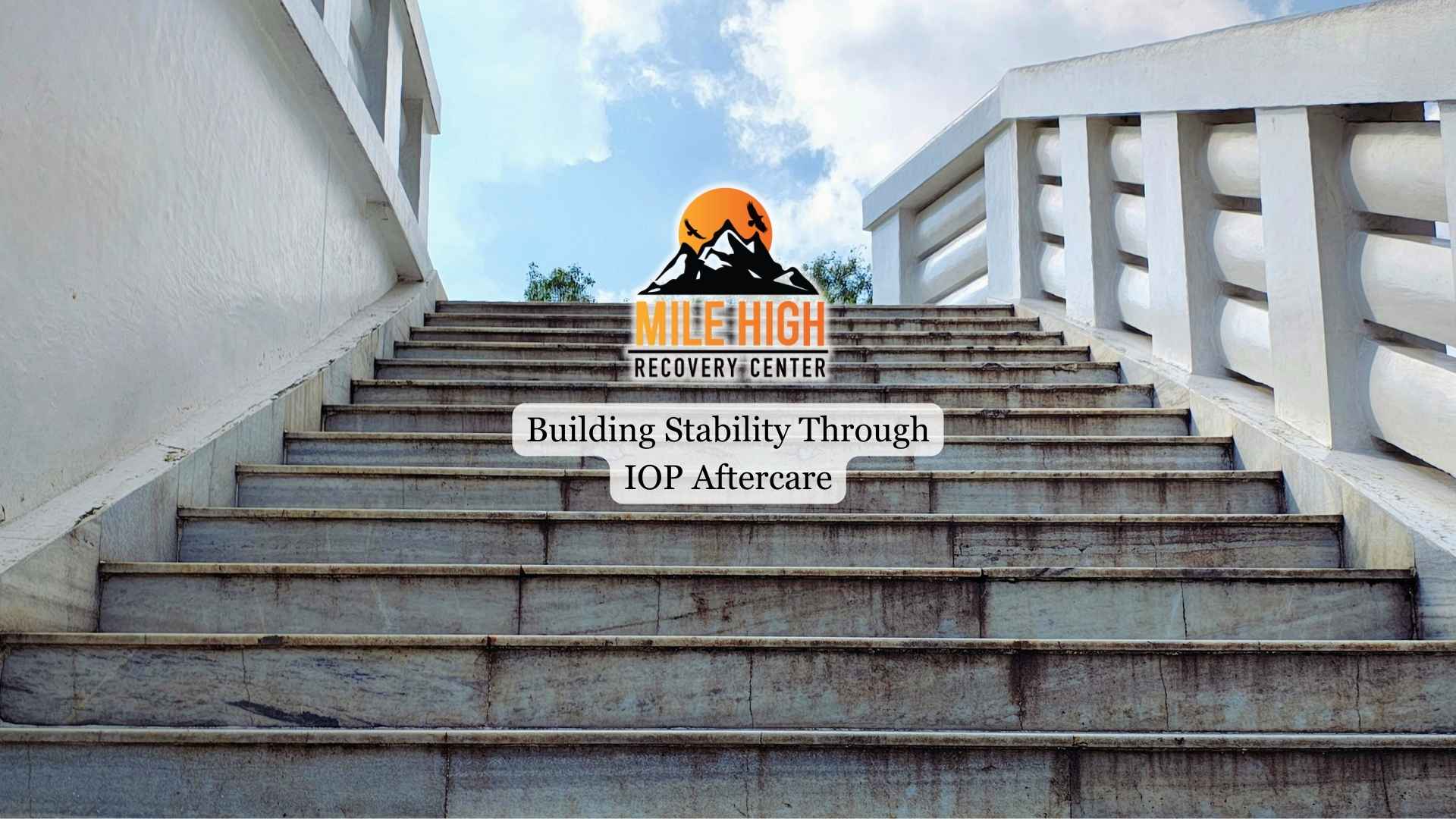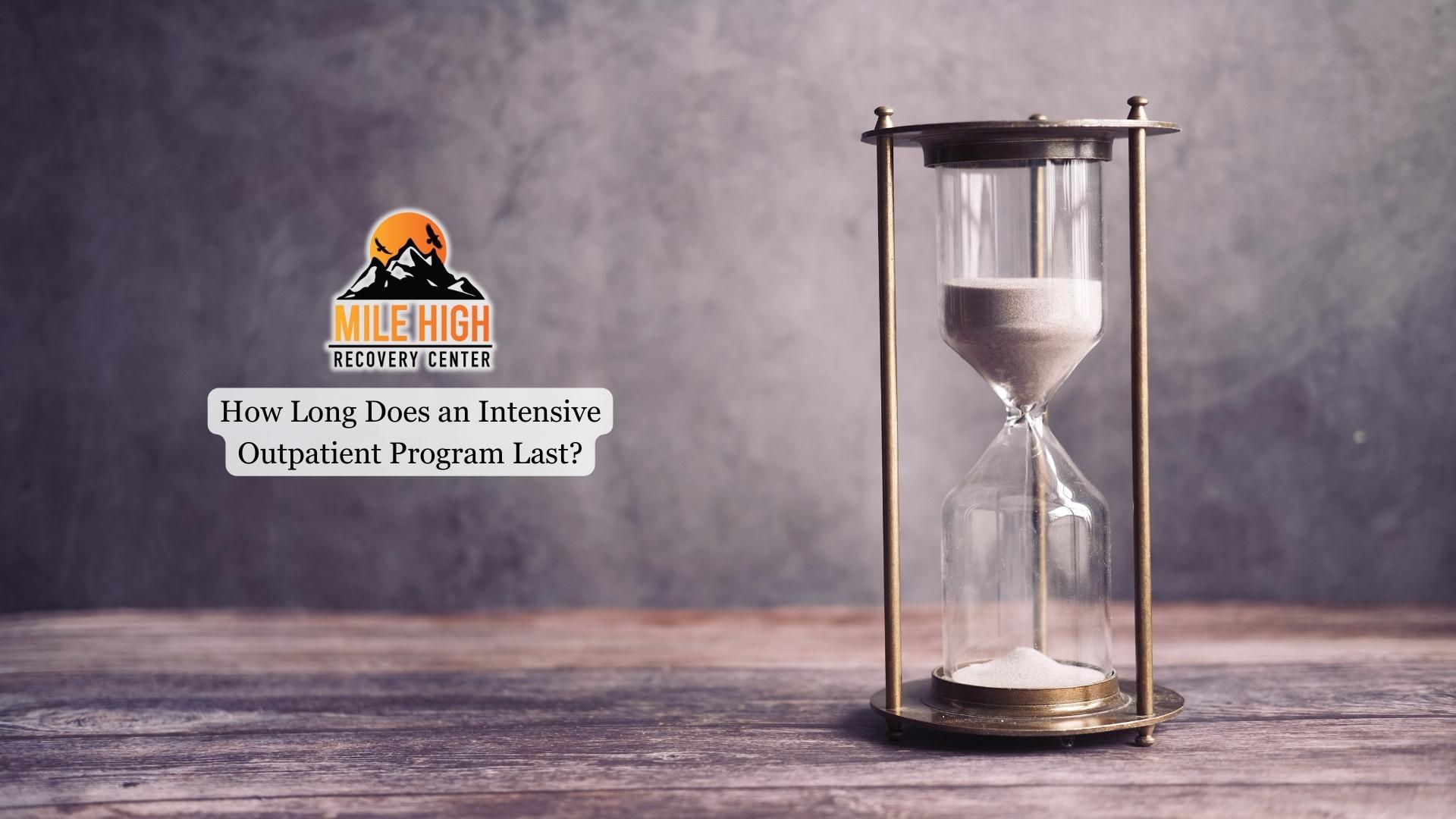Inpatient addiction treatment plays a crucial role in helping individuals break free from substance dependence and rebuild their lives. Yet, many people are unaware of how effective and transformative these programs can be. Understanding recovery center data offers valuable insight into their impact, success rates, and growing importance.
This article explores five key statistics that highlight why comprehensive treatment programs remain a vital part of addiction recovery and what they reveal about long-term healing.

1. Millions of Americans Still Need Professional Addiction Treatment
According to the National Institute on Drug Abuse (NIDA), in 2021, more than 46 million Americans aged 12 and older had at least one substance use disorder. Yet, only about 6 % received treatment, underscoring major obstacles such as stigma, lack of awareness, and limited access to qualified care. These barriers often delay recovery and increase the risk of relapse or worsening health.
Residential programs fill this critical void by providing safe, supportive environments where individuals can fully commit to healing. Participants benefit from medical oversight, daily therapy sessions, and community encouragement, all designed to remove distractions and strengthen focus on healing. For many, this immersive environment marks the turning point toward sustainable change.
2. Residential Rehab Shows Higher Completion Rates Than Outpatient Care
People who enroll in residential programs are more likely to finish treatment than those in outpatient programs. National treatment data published in the Journal of Substance Abuse Treatment show that individuals in residential programs have higher completion rates, around 65% compared to 52% in outpatient care. This gap highlights the value of structure, continuous support, and a stable environment in helping individuals sustain long-term recovery.
In inpatient care, individuals follow a daily rhythm centered on therapy, group discussions, and recovery-focused activities. This consistency helps build accountability and reinforces positive behavior patterns. Staff members are available around the clock, ensuring that each client receives timely emotional and clinical support, which improves retention and overall success rates.
3. Completing Treatment Greatly Reduces the Risk of Relapse
Relapse is one of the most common challenges after addiction treatment, but completing residential rehab greatly reduces the risk. According to the National Institute on Alcohol Abuse and Alcoholism (NIAAA), relapse rates for substance use disorders range between 40% and 60%. Still, individuals who complete programs show much better long-term outcomes.
This improvement is due to comprehensive care that goes beyond detox. Participants learn relapse prevention techniques, develop emotional awareness, and receive guidance on managing triggers and stress. Many treatment centers also offer family therapy and educational workshops that strengthen relationships and support networks, key elements in preventing relapse and promoting emotional stability.
4. Completion and Follow-up Abstinence
Studies consistently demonstrate that residential rehab programs yield high rates of abstinence at follow-up intervals of six to twelve months, reflecting durable recovery outcomes. Several cohorts report abstinence rates ranging from 65% to as high as 80% at these time points, indicating that a majority of individuals completing this level of care maintain sobriety well beyond the immediate conclusion of the program.
The findings underscore how residential rehab’s structured environment, comprehensive therapies, and support systems contribute to sustained behavioral change.

5. Client Severity and Improvement
Clients entering residential programs typically present severe substance use disorders combined with mental health challenges, social dysfunction, and employability issues. Despite this complexity, studies find that this form of treatment leads to meaningful reductions in substance use and improvements in mental health, social functioning, and workforce participation post-treatment.
For example, the Drug Outcome Research Study (DORIS) in Scotland found that clients from residential programs demonstrated better mental and physical health, reduced offending behavior, and improved employability compared with those in community-based services.
Final Thoughts from Mile High Recovery
The data demonstrate that inpatient treatment offers measurable benefits beyond immediate sobriety. Higher completion rates, reduced relapse risk, and improved mental health outcomes all prove that a compassionate approach works. These statistics remind us that recovery is possible with the right combination of support, education, and commitment.
At Mile High Recovery, we believe in evidence-based, person-centered care that addresses both addiction and mental health. Our residential rehab programs in Colorado combine medical expertise, personalized therapy, and continued aftercare to promote long-lasting sobriety. Through compassion and community, we help individuals rebuild their lives with resilience, purpose, and renewed hope.







